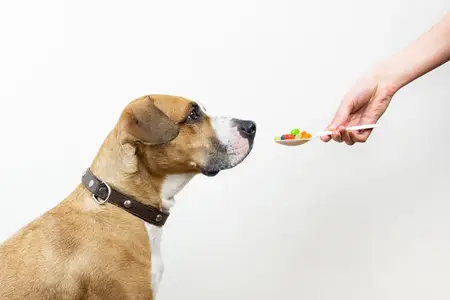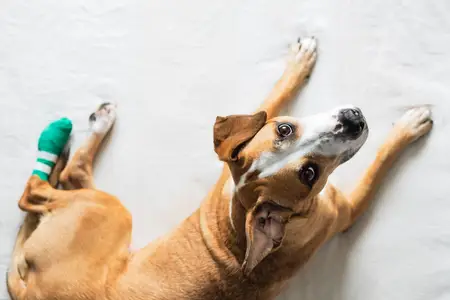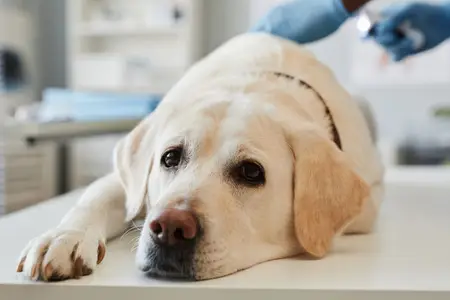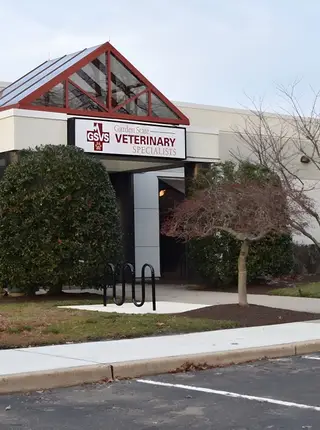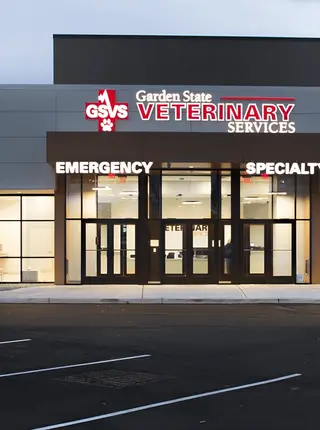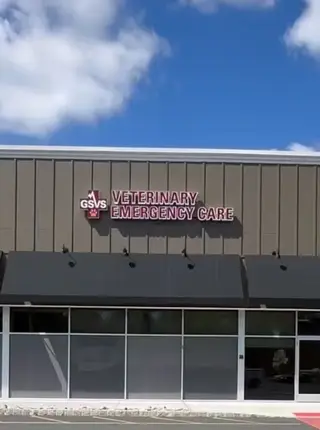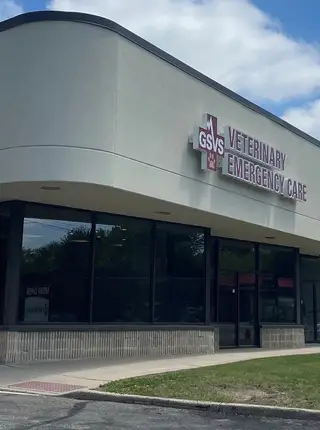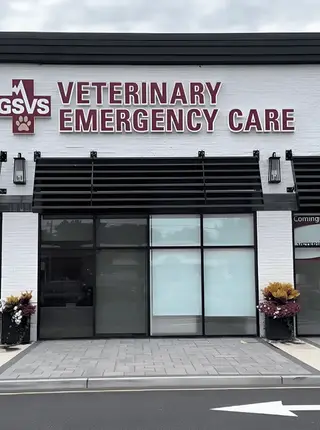Diabetic ketoacidosis in cats can turn from concerning to critical in just hours, making it one of the most dangerous complications of feline diabetes. This life-threatening condition requires immediate recognition and veterinary intervention.
When a diabetic cat's body can't process glucose properly, it begins breaking down fat too quickly, creating toxic acids that poison the bloodstream. Knowing the emergency signs could mean the difference between life and death for your feline companion.
Top Questions About Diabetic Ketoacidosis in Cats
What are the emergency signs of diabetic ketoacidosis in cats?
Diabetic ketoacidosis (DKA) in cats is a life-threatening condition that needs quick veterinary attention. Cats with DKA often show severe low energy, rapid breathing, repeated vomiting, and extreme thirst. These symptoms can worsen quickly, sometimes within hours. If your diabetic cat suddenly seems very sick, this could indicate diabetic ketoacidosis.
When should I take my cat to an emergency vet?
Take your cat to an emergency veterinary clinic if they appear confused, cannot stand, are breathing rapidly, or have collapsed. Severe dehydration, persistent vomiting, and refusal to eat or drink for more than 12 hours are also urgent warning signs. Always call ahead to let the clinic know you're coming with a potentially diabetic emergency.
Can my cat recover from diabetic ketoacidosis?
Yes, cats can recover from diabetic ketoacidosis with quick and appropriate veterinary care. The earlier treatment begins, the better the chances for recovery. Treatment typically involves addressing dehydration, correcting blood sugar levels, and treating any underlying conditions. Many cats return to normal with proper management of their diabetes after recovery.
Why Diabetic Ketoacidosis Happens
Diabetic ketoacidosis happens when a cat's body cannot use glucose for energy due to insufficient insulin or insulin resistance. The body then breaks down fat for energy, producing ketones that build up in the bloodstream. This condition can develop in cats with undiagnosed diabetes or in diabetic cats during times of stress, illness, or when they miss insulin doses.
Spotting Mild Cases
Early signs of diabetic ketoacidosis may include increased thirst and urination beyond what's normal for a diabetic cat. Your cat might show decreased appetite, mild low energy, or slight weight loss despite eating normally. Some cats may walk with a flat-footed stance on their back legs due to diabetic nerve problems.
Watch for subtle changes in your cat's behavior or routine. Even small shifts in water consumption or energy levels can signal the early stages of a problem. If you notice these changes in your diabetic cat, call your veterinarian for guidance.
Recognizing Serious Cases
Serious cases of diabetic ketoacidosis present with vomiting, severe low energy, rapid breathing, and significant dehydration. Your cat may have sunken eyes, dry gums, and poor skin elasticity from fluid loss. Some cats develop a distinctive sweet or fruity breath odor.
If your cat shows these signs, they need quick veterinary care to prevent life-threatening complications. The longer these symptoms continue without treatment, the more dangerous the situation becomes.
What To Do
Step 1: Call a Veterinary Clinic Right Away
Call an emergency veterinary clinic immediately if you suspect your cat has diabetic ketoacidosis. Describe all symptoms in detail, including any history of diabetes, recent insulin administration, and changes in eating or drinking habits. Ask if you should bring any insulin or other medications your cat is currently taking.
Step 2: Prepare Safe Transport
Place your cat gently in a carrier lined with soft bedding to keep them comfortable during transport. Avoid feeding your cat before the visit unless specifically instructed by the veterinarian. Offer small sips of water only if your cat is alert and not vomiting, and call the clinic for guidance on feeding and watering instructions.
Step 3: Keep Your Cat Comfortable
Maintain a calm, quiet environment while preparing for the veterinary visit. Keep your cat warm with blankets if they feel cool to the touch. Do not attempt to treat your cat with home remedies or human medications, as these can worsen their condition. Watch for breathing and responsiveness while en route to the clinic.
Potential Life-Threatening Conditions
Diabetic ketoacidosis can lead to severe dehydration that affects kidney function and circulation. Electrolyte imbalances can cause heart problems. Brain function may become impaired as the condition worsens, leading to neurological symptoms or coma.
Without treatment, these complications can quickly become fatal, which is why quick veterinary care is essential. The longer a cat remains in diabetic ketoacidosis, the more difficult recovery becomes.
Helping Your Pet Before the Vet Visit
While waiting to see a veterinarian, focus on keeping your cat comfortable and minimizing stress. Do not force food if your cat refuses to eat. If your cat is not vomiting and seems interested in water, you may offer small amounts, but stop if this triggers vomiting. Call your veterinarian for specific instructions about continuing insulin treatment, as adjustments may be needed during this emergency.
Preventing Future Emergencies
Consistent diabetes management is crucial for preventing diabetic ketoacidosis in cats. Monitor blood glucose levels as recommended by your veterinarian and never adjust insulin doses without professional guidance. Watch for early warning signs like increased thirst, urination, or subtle behavior changes. Regular veterinary check-ups help catch problems before they become emergencies.
We're Here to Help
Our hospitals provide advanced care for cats experiencing diabetic ketoacidosis emergencies. We understand how frightening these situations can be and are equipped to provide the comprehensive care your cat needs. Our teams work closely with your primary veterinarian to ensure continuity of care during and after the emergency.
Is This an Emergency?
For mild symptoms like slightly increased thirst or minor appetite changes in a well-controlled diabetic cat, contact your primary veterinarian for an appointment. For severe symptoms like repeated vomiting, difficulty breathing, collapse, or extreme low energy, call an emergency veterinarian immediately. If you're not sure, call us — we can talk you through the situation.
Key Takeaways
- Early detection of diabetic ketoacidosis symptoms can save your cat's life.
- Watch for increased thirst, vomiting, rapid breathing, and low energy in diabetic cats.
- Regular monitoring of your cat's diabetes and maintaining consistent insulin therapy helps prevent these dangerous emergencies.
The information contained in the article is for informational purposes only and is not intended to take the place of the advice of a veterinarian.
